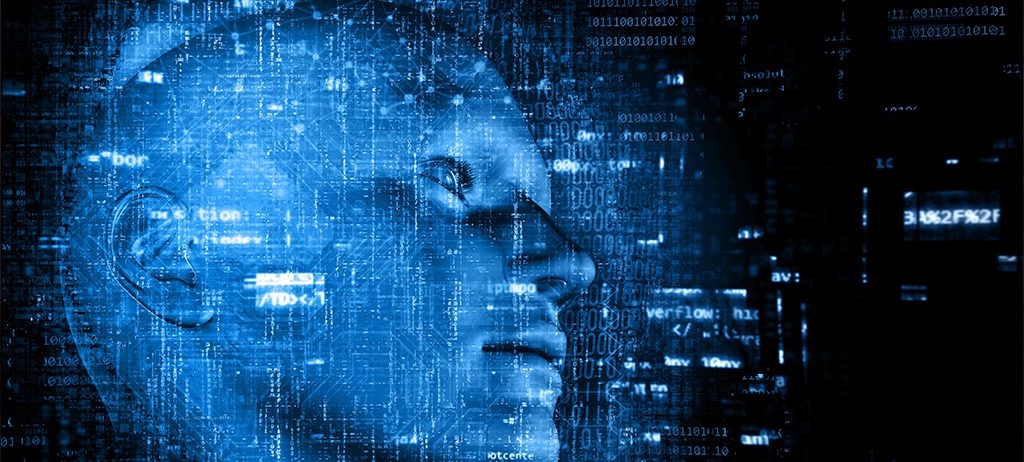Deep learning has significantly influenced a variety of technology fields during the last several years. One of the most popular topics reverberating across numerous industries is “computer vision.” The functioning of biometrics, self-driving cars, and face recognition depends on computer vision. The core of computer vision is image processing. Image processing is transforming pictures from their original form to a better one. It entails a method of digitizing an image and applying particular techniques to it to extract valuable insights. In this blog, let us explore several image processing techniques, types, and applications. Continue reading to find out more.
What is Image Processing?
Image processing refers to applying mathematical and computer algorithms to images. The term “image” in this context can refer to a digital photograph, an X-ray scan, a graph, or a diagram. Any visual information represented as a grid of numbers can be “imaged.” Image processing is used in numerous applications in computer vision, signal processing, and computer graphics. The transformation of images from one state to another involves the analysis, modification, and optimization of digital images. Image processing helps improve a photo’s quality by removing unwanted noise and correcting color and contrast. It is an essential part of image recognition and computer vision applications such as self-driving cars, drones etc
Here we will look at different techniques and types of image processing and their applications. Read on to know more.
Image Enhancement
Image enhancement is the process of improving the quality of an image. This can be done by adjusting noise and contrast levels. Image enhancement is used in many applications like photo editing, image recognition, image retrieval, image classification, etc. There are different techniques of image enhancement that can be utilized.
Filtering is a technique of image enhancement in which an image is processed with a filter. Frequently used editing apps and social media apps offer filters these days. The most common filters are the Gaussian filter and the Sobel filter. Gaussian filter is used to remove noise from the image and to enhance the sharpness. The Sobel filter increases the contrast in the image to get better quality.
Digital Image Conversion
A digital image can be converted to a black-and-white image. It can also be converted from one color space to another to optimize the image for different applications. For example, the image can be converted to black-and-white for printing purposes. Image conversion is used in many applications like image retrieval, classification, editing, repair, etc.
Image Restoration
Image restoration is the process of removing noise or unwanted marks from an old or damaged image. It is a kind of image enhancement technique. For image restoration, an image is processed with a noise removal algorithm. There are various noise removal algorithms such as the Median filter, Average filter, Blind deconvolution, and expectation maximization algorithm. Image restoration is used when images do not comply with the requirements, including old photographs with blemishes or stains, astronomical imaging, medical imaging, forensic science, etc.
Image Manipulation
Image manipulation is the process of changing an image to create an effect or mislead someone. For instance, an image of a person can be manipulated to give the impression that the person is of a different race. Image manipulation can be done manually or with the help of computer software. It is used in many applications like image retrieval, repair, enhancement, in .
Face Detection and Recognition Using Image Processing
Face detection involves identifying and locating human faces in an image. Face recognition, on the other hand, is the process of identifying a person from a database of faces. Both face detection and face recognition are done using image processing techniques. Facial features like eyes, nose, and mouth are used for face detection and recognition. Image processing techniques like edge detection, feature extraction, template matching, and machine learning are used. They are used in various sectors like immigration, access control, healthcare, augmented reality, cashless payments, and more.
Object Classification and Recognition Using Image Processing
Object classification involves identifying the category of an object. Object recognition involves identifying the specific object from a set of similar objects. Both these processes are done using image processing techniques. Techniques like edge detection, feature extraction, template matching, and machine learning are used for image classification and recognition. Real-time applications include: image retrieval, machine inspection, surveillance, security, and automated vehicle parking systems.
Digital image processing Applications
Digital image processing is becoming more prevalent as time passes and new technologies emerge. It is growing in almost every sector and putting a live effect on things.
1. Pattern recognition: The field of pattern recognition combines image processing with artificial intelligence. It allows computer-aided medical diagnosis, handwriting recognition, and image recognition to be performed easily. Pattern recognition is done using image processing in computer-aided diagnosis (CAD), fingerprint identification, speech recognition, manufacturing, industrial automation etc.
2. Image sharpening and restoration: It is the process of altering the appearance and feel of an image. It simply tries to influence pictures to achieve the desired result. The process involves conversion, sharpening, blurring, edge detection, retrieval, and picture recognition.
3. Medical Sector: Various medical applications rely on the operation of digital image processing. A few examples are UV, X-ray, Gamma-ray imaging, cancer cell image processing, PET and CT scan, etc.
4. Video processing: It is also one of the digital image processing programs. A group of frames or images are positioned together to create a fast-moving sequence of images. Motion detection, noise reduction, frame rate conversion, and color space conversion are just a few of the things it includes. It is used in traffic applications, video players, television sets, DVDs, video codecs, video scalers, and other devices.
5. Robotic vision: The process of acquiring information from images by extracting, identifying, and interpreting it. It offers better identification, vision-based robot arm guidance, versatile inspection, and exploration of component placement capabilities. Common applications include: Scanners and reading barcodes, taking measurements, inspecting packaging & engine spares, material handling, etc
Conclusion
When it comes to Digital Image Processing, there are several options available. In this digital era, providing the most aesthetically attractive images is paramount. The majority of the high-quality images you encounter online have all undergone image processing. This highlights the requirement for reliable Image Processing Services. For the best services in the industry, reach out to SolutionChamps Technologies – the best software development company.
 HealthCare
Contact Us
HealthCare
Contact Us
 HealthCare
Contact Us
HealthCare
Contact Us




